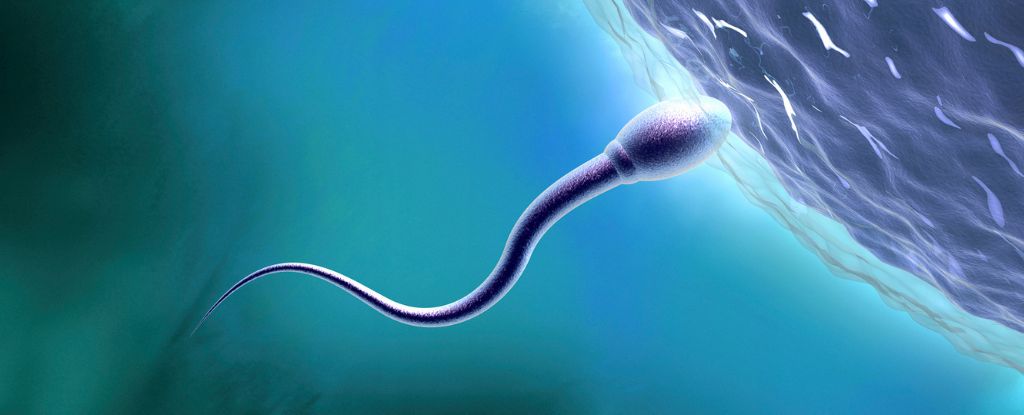Wow! This is amazing. Imagine getting a visual of the bio-mechanical processes in our cell. How enzymes and molecules interact with each other. Gosh this is awesome to look at.
The channel WEHImovies that produces all these superb videos for education is: https://invidious.private.coffee/channel/UCdBrXvlJn60zgpIQcZ0Fe7w there is lots of cool films showing (and explaining/narrating) the inside of the cell and all the weird things and processes that goes on on the quantum level. Magnified x10,000,000 times gives a unique look.
I want to take a deeper look at the visualization of the energy production process in our organelle the mitochondria, step by step. This is the Cellular Respiration and metabolism process of how we make energy.
1) Glycolysis
The Glycolysis pathway process. This is the anaerobic pathway (no oxygen involved) where glucose sugar get broken down into two units of pyruvate: https://invidious.private.coffee/watch?v=1VrRl0UTlA8
2) Pyruvate Oxidation (also called Pyruvate decarboxylation)
This is an aerobic process. Here the pyruvate get converted to Acetyl-CoA by the enzyme complex pyruvate dehydrogenase complex: https://invidious.private.coffee/watch?v=EuvUOxHmX7I
3) Citric Acid Cycle (also called Krebs cycle (after Hans Adolf Krebs who identified the process) or Tricarboxylic Acid cycle)
An eight step process and central driver of cellular respiration. Here the Acetyl-CoA, fatty acids and amino acids enter the cycle and goes through a series of chemical reactions that create 2 units of ATP (Adenosine Triphosphorate), CO2, NADH and FADH2 (both are coenzymes). Carbon dioxide is produced as a byproduct which we need to expel through breathing (the main reason why we breath, to expel CO2, we usually have ample of oxygen in us): https://invidious.private.coffee/watch?v=aV-kI_ep1Rk
4) Electron Transport Chain
During the electron transport chain high-energy electrons are transferred from molecules such as NADH and FADH2 to oxygen, with the energy released being used to pump protons across the inner mitochondrial membrane. This creates a proton gradient, which drives the synthesis of 34-38 units of ATP by the enzyme ATP synthase. Fun fact, that little nano motor unit (ATP Synthase) spins around at about 7800rpm: https://invidious.private.coffee/watch?v=nmoLoiFakxY
5) Oxidative Phosphorylation
During oxidative phosphorylation, ATP is produced as a result of the transfer of electrons through the electron transport chain. One key difference between oxidative phosphorylation and the electron transport chain is that oxidative phosphorylation specifically refers to the production of ATP through the coupling of electron transport and ATP synthesis. This process involves the combination of electrons, protons and oxygen molecule that produce water as a byproduct.
Synthesis of ATP: https://invidious.private.coffee/watch?v=OT5AXGS1aL8
#Molecular #Animation #Biology #Cell #Mitochondria #Energy #Science #Education #ATP #OxidativePhosphorylation #CitricAcidCycle #Glycolysis #ElectronTransportChain #PyruvateOxidation




